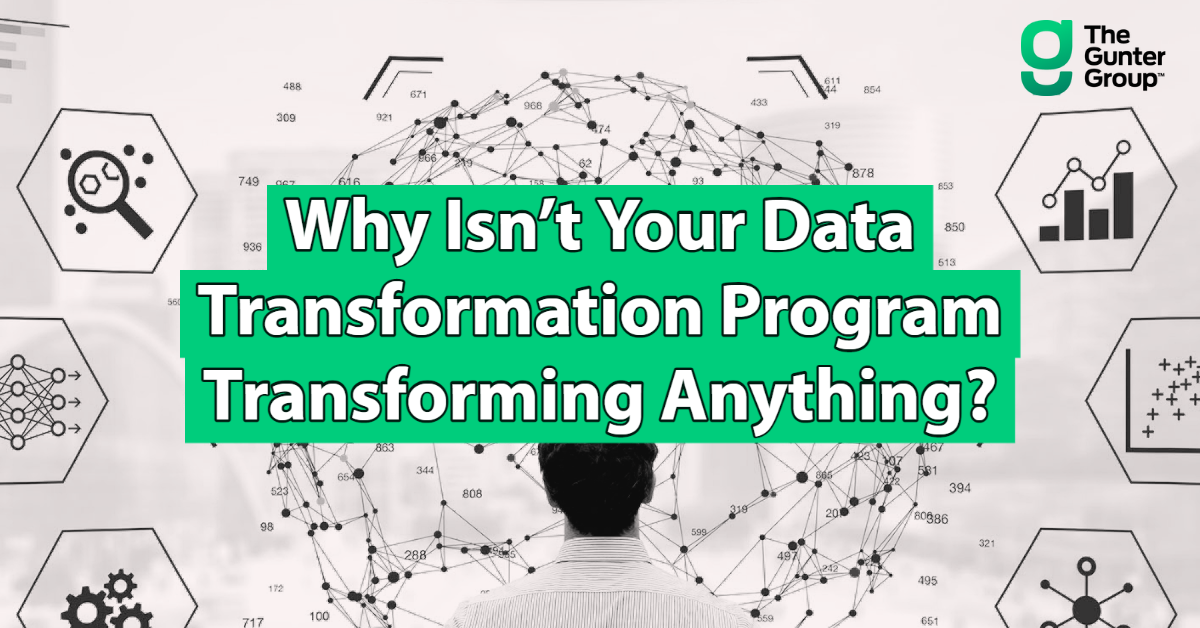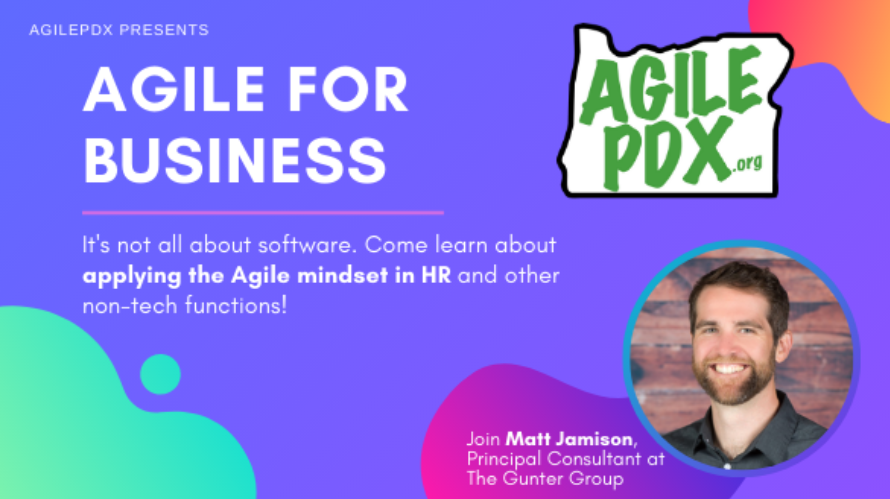Matt Jamison, Principal Consultant and Service Leader for TGG’s Technology Practice, shares strategies to mitigate tech debt and use your data to its fullest potential.
Tag Archives: Tech
WHY ISN’T YOUR DATA TRANSFORMATION PROGRAM TRANSFORMING ANYTHING?
Matt Jamison, Principal Consultant and Service Leader for TGG’s Technology Practice, explains TGG’s unique approach to Technology work and explores current industry trends.
A QUICK AND DIRTY GUIDE
TO DATA MATURITY
Matt Jamison, Principal Consultant and Service Leader for TGG’s Technology Practice, explains TGG’s unique approach to Technology work and explores current industry trends.
SURVEYING THE DATA LANDSCAPE IN 2022
Matt Jamison, Principal Consultant and Service Leader for TGG’s Technology Practice, explains TGG’s unique approach to Technology work and explores current industry trends.
TECHNOLOGY PRACTICE Q&A WITH MATT JAMISON
Matt Jamison, Principal Consultant and Service Leader for TGG’s Technology Practice, explains TGG’s unique approach to Technology work and explores current industry trends.
TGG FACILITATED APPLIED AGILE PANEL DISCUSSION
A few weeks ago, The Gunter Group facilitated a panel discussion at one of our clients (a global footwear and apparel company), which focused on Agile methodology application within their organization.
UPCOMING PORTLAND EVENT: APPLYING AGILE TO THE NON-IT PARTS OF YOUR BUSINESS
Join Matt Jamison, TGG’s Tech Practice Leader, at November’s Agile PDX event as he explores how agile concepts offer a fresh approach to building bridges between strategy, processes, and the realization of business goals. Matt provides examples that illustrate how agile can spill over the boundaries of tech into non-IT parts of the business, providing use cases from HR.






